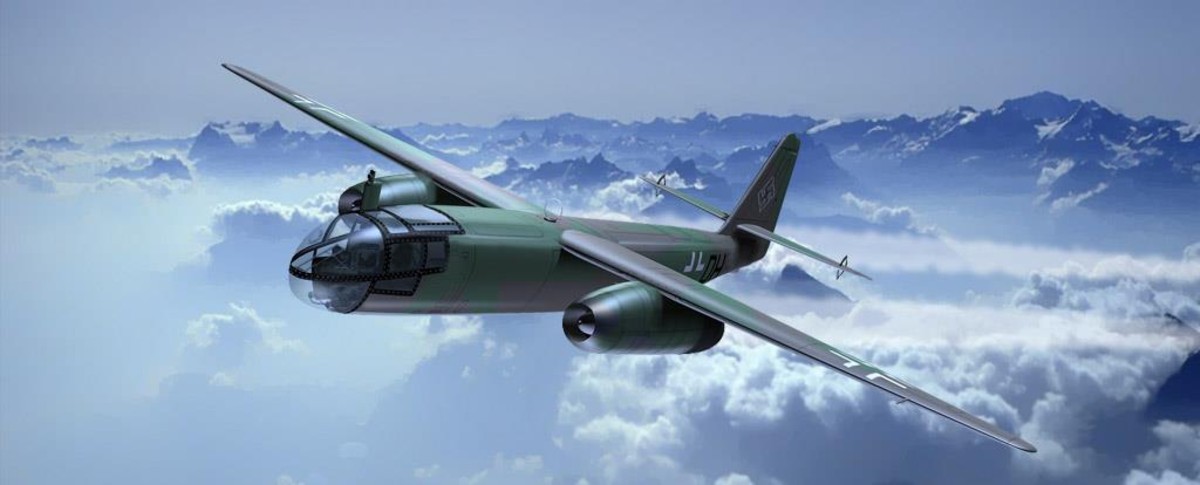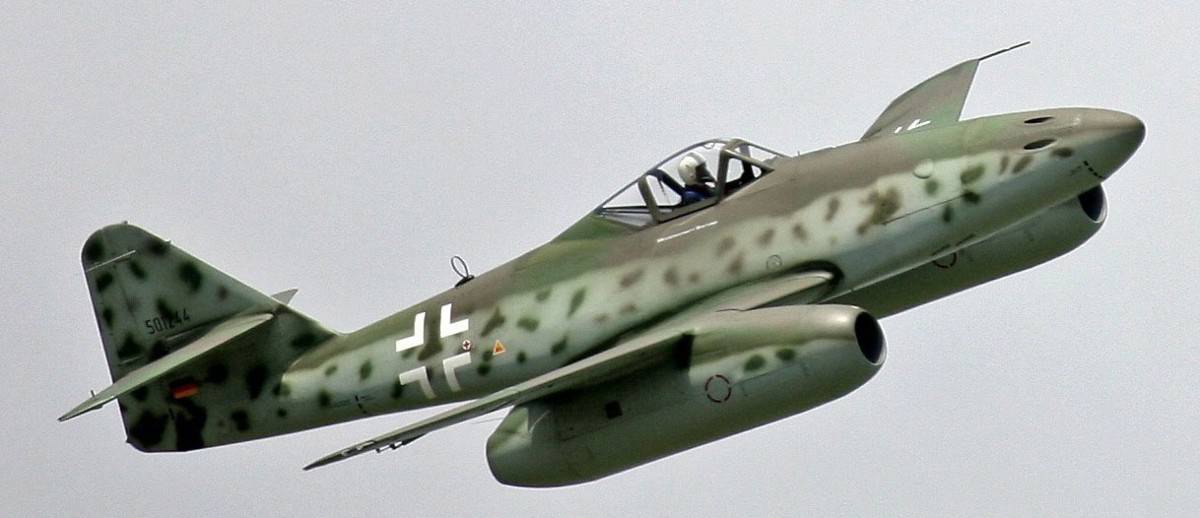KM Vaterland (CV-1943-44)
Back to Germanic States Navy
page:
Largest of the Germanic States aircraft carriers they were only eclipsed in
size by the even larger post-war US carriers. Built to take air superiority in any
area they were active in, their air complement went a long way to guaranteeing
that. With three deck edge lifts for uncluttered aircraft handling from hangar
to flight deck the Vaterlands' were able to put a large force into the air in a
short time. The smaller fighters with smaller wingspans when folded were able to
be put onto the lifts 2 at a time. Two ships, Vaterland and Heimdallr, were laid
down in late 1939, coinciding with the outbreak of war. That was where the
problems with the two ships started. Other priorities were placed in front of
the large ship construction. First the six Hindenburg class battleships are
cancelled and dismantled. Then these two ships hit Hitler's 1940 proclamation,
that any project that could not be finished in two years should be halted. This
very stupid bit of garbage, virtually ruined the Germanic States war machine all
on its own. The jets, the carriers, radar projects, rocketry, all were stopped
in their tracks. If there was ever a reason to kill Hitler, this was it.
When the two Vaterland class ships were being designed and laid down, the first
trials with jet aircraft were also being undertaken. The Navy were certainly
interested in the jet aircraft project that could give their carrier aircraft a
decided advantage over their enemy. The immediate problems the Navy designers
could see was the landing speed of the jets was almost twice that of the piston
engined aircraft then in service. That alone would require major changes to the
arrester wire equipment then being used. If the jet missed the arrester wires,
would the net catcher currently in service stop the jet from going forward to
where other aircraft might be being struck down to the hangar or being launched
off the catapults. Weight and speed of the jet would virtually destroy the
aircraft when it hit the net, not a good result. The only way the jets could be
accommodated was to clear the decks during landing operations but that was
impractical with the size of the air complement these ships were to carry. What
it did do was to give the landing aircraft a chance to take off again and go
around for another try at hitting the arrester wire catching system. You can see
what is coming, everyone came to the same conclusion, some form of angle deck is
required to operate jets successfully.

By 1940, jets were trialing different landing configurations, on land, and
the Vaterland pairs construction was slowed down to allow a redesign
incorporating an angled landing deck. The redesign included a new set of
armament options. The 20mm were deleted and only 37mm Bofors were to be fitted
as the 'light' AA weaponry. The 4.1" were replaced with the 88mm weapon system
that the Graf Zeppelin was completed with. Prior to completion half a dozen of
the new 55mm AA mountings. The overall numbers of weaponry were being reduced as
the amount of radar assistance increased. The silhouette of the original design
to the 1944 design is markedly different.
.PNG)
Quite frankly if the Germanic States has not taken out the United Kingdom, then
the two Vaterland class aircraft carriers would never be allowed to be completed
by the Allied commanders. Two of these aircraft carriers arriving in late 1943
early 1944 would have shifted the balance of sea power, especially with jets
aboard. The Allies would have made certain that the two ships would be damaged
(if not sunk) regularly by bombing from both the day and night bombing air
fleets. They would have been a priority target.
(If Whittles War does not happen) The Vaterlands' were the first aircraft
carriers to
handle jet aircraft in late 1943 early 1944 with a navalised version of the Me-262
undergoing flight deck trials on the Vaterland. A navalised version of the Arado
234 jet bomber followed to give the ships a long range strike capability. Those
two aircraft would dominate sea warfare till the end of the war.

| Displacement |
54,500 tons std, 66,800 full load |
| Length |
1032 ft |
| Breadth |
136 ft |
| Draught |
34 ft |
| Machinery |
4 shaft mixed turbine/diesel propulsion
2 x Steam Turbines 160,000shp
2 x Diesels 60,000bhp |
| Speed |
32 knots |
| Range |
14,000 miles at 18 knots |
| Armour |
3.9" side, 3.9" main deck, 5.9" magazines |
| Armament |
16 x 88mm (8x2)
6 x 55mm (6x1)
20 x 37mm (10x2) |
| Aircraft |
94 |
| Complement |
2850 |
| Notes |
KM Vaterland KM Heimdallr |

AR-234 above, Me-262 below. Gave the air units aboard the Vaterland the strike
force required to take control of the air space around the aircraft carrier.

Back to Germanic States Navy
page:


